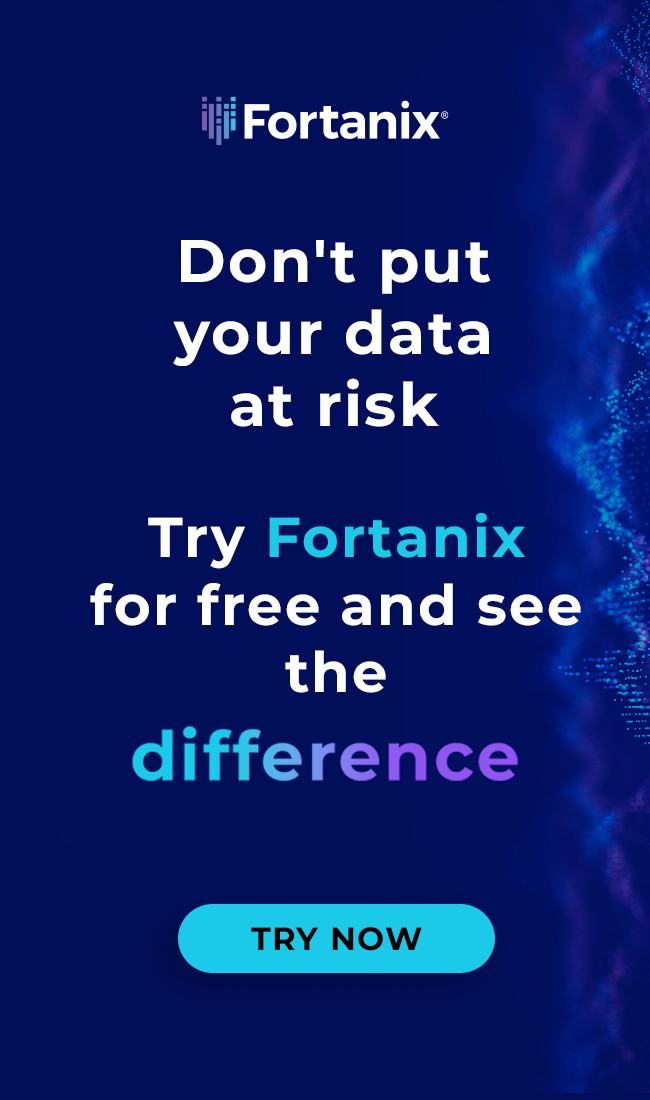Databricks is a unified, open analytics platform for building, deploying, sharing, and maintaining enterprise-grade data and AI solutions at scale. Organizations use Databricks to store and analyze data, drive business intelligence to maximize the value of their data and achieve a competitive edge. While Databricks offers considerable benefits, data security and privacy concerns can present significant obstacles to its adoption.
Data Security Challenges for Databricks Users
1. How can Databricks users comply with industry and region-specific data privacy regulations?
Databricks users must implement strong data security measures that comply with frameworks like HIPAA, PCI-DSS, GDPR, and Schrems II. This is challenging due to varying jurisdictional complexities and strict data handling requirements.
The real-time nature of Databricks data environments complicates security practices, necessitating proper data tokenization or encryption of sensitive data. Data distribution across platforms and third-party integrations can also lead to compliance risks and potential penalties.
2. How can Databricks data be secured from insiders or third-party consultants who might inadvertently or intentionally expose sensitive information?
Databricks' collaborative environment poses challenges in securing data from unauthorized access, as it encourages sharing sensitive information with users lacking proper clearance.
Insider actions can inadvertently expose data, while the platform’s nature increases the risk of leaks without adequate safeguards. Rapid data ingestion increases the likelihood of misconfigurations in access controls, potentially leading to data breaches and regulatory issues. Organizations face difficulties with accountability and preventing misuse by malicious insiders.
3. How can organizations ensure their data remains usable for analytics without compromising security and privacy?
Organizations face the challenge of balancing strict security measures with the need for accessible data insights. While robust protocols like encryption are essential for protecting sensitive information, overly restrictive data governance can hinder collaboration and innovation.
This tension between security and usability can frustrate teams and impact decision-making, potentially compromising data security or limiting actionable insights that support the organization's goals.
Fortanix and Databricks: A Secure Partnership
Fortanix's data tokenization solution protects sensitive data for Databrick users.
Data Tokenization applies substituting sensitive data elements with non-sensitive equivalents, known as tokens, which retain the essential information without exposing sensitive data and has no meaningful value.
Fortanix Data Tokenization also extends beyond the Databricks environment, applying to various external applications and data workflows within an organization’s data ecosystem. This includes third-party data repositories, analytical tools, partner systems, customer databases, and cloud storage services that handle sensitive data.
Here’s how this partnership helps Databricks users tackle their data security and compliance challenges:
Fortanix Data Tokenization Key Features
- Customer PII Security: Secure personally identifiable information (PII) in the Databricks warehouse through tokenization and subsequent detokenization.
- Seamless Integration: Integrate Fortanix’s external tokenization service using User-Defined Functions (UDFs). It’s highly scalable, available as a service, and deployable in minutes.
- Robust Security Controls: Secure keys within a FIPS 140-2 Level 3 compliant box. Only authorized users get access to tokenization and detokenization functions through Role-Based Access Control (RBAC).
- Data Masking and Secure Sharing: Mask data for unauthorized users while enabling secure data-sharing methods for authorized users. This enhances customer trust and ensures data privacy in the cloud.
- Cost-Effective and Easy Implementation: Fortanix offers a low-cost tokenization service that is easy to deploy. There is no need for hardware or perpetual licenses, so you can start seeing value quicker than with traditional deployments.
Drive Outcomes with Fortanix and Databricks
Secure Data Collaboration: Fortanix and Databricks provide a privacy-preserving data collaboration platform that unlocks new opportunities and insights through secure collaboration. This platform allows businesses to solve challenges confidentially, with identity-based access, individual permission sets, and approval processes that provide greater control over Databricks data.
Cloud Speed and Reduced Complexity
With SaaS-powered data security, Fortanix ensures you can be up and running in minutes. The integration is quick and seamless from the Fortanix Data Security Manager SaaS interface. Unlike other vendors, Fortanix offers a global, multi-region, multi-tenant SaaS service that requires no additional setup. You can start tokenizing data in less than 30 minutes with the Fortanix DSM UI.
Secure Data Sharing
Fortanix’s built-in access and policy controls help restrict what data Databricks users can view based on predefined policies. This lowers the risk of data sharing and ensures that sensitive information is protected from unauthorized access.
Enhanced Throughput and Minimized Latency
The DSM Accelerator enhances throughput and minimizes latency for highly transactional data by deploying close to the data source, sidestepping raw data transmission over public networks.
Greater Control Over Data
Fortanix provides greater control over data by enabling the tokenization of newly ingested and existing data. It also offers centralized auditing and logging, with identity-based access, individual permission sets, and an approval process.
Conclusion
Ensuring data security and compliance in your Databricks environment is crucial for leveraging your data's full potential. With Fortanix, you can achieve robust data protection, adhere to regulatory mandates, and maintain data usability for analytics—all without compromising on security and privacy.
Sign up for Fortanix today and take the first step towards a more secure Databricks environment.

 Cite this article
Cite this article









